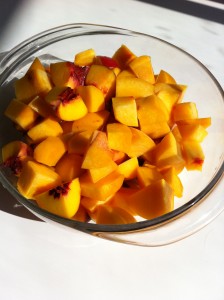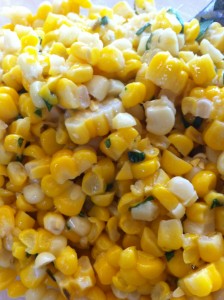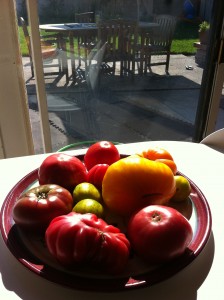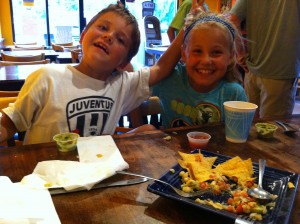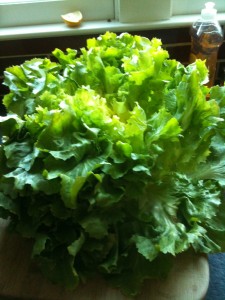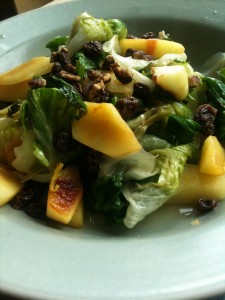by Caroline
We love bread. And while it is very easy, living in San Francisco, to buy a different kind of delicious bread every day, we love to make it, too. I learned by watching my mom make bread every week, and my kids are learning the same way. In fact, if I can send my children out into the world with one lesson learned in my kitchen, I’d like them to feel that producing homemade bread is not a tricky thing.
I think we’re off to a good start. Ben invented his own bread recipe (which is really not half bad) when he was five, and now we’ve added another easy bread recipe to the repertoire. “Quick” and “yeast” rarely come together in bread recipes, but they do in this new one from Heidi Swanson (which she adapted from another source; I do love how recipes travel).
The next time you’ve got a hankering for fresh bread, give this a try; it’s barely an hour from the idea till you’ve got a piece of warm bread in your hands.
1 1/4 cups warm water (105-115F; if it feels neutral — not too hot nor cold — on your wrist, it’s the right temp)
2 teaspoons active dry yeast (one packet)
1 tablespoon honey or maple syrup
1 cup unbleached all-purpose flour
1 cup whole wheat flour
1 cup old fashioned rolled oats
1 1/2 teaspoons fine grain sea salt
1 tablespoons butter, to grease the pan
In a medium bowl, sprinkle the yeast onto the warm water and stir until the yeast dissolves. Stir in the honey and set aside for a few minutes, until the yeast blooms and swells a bit – 5 – 10 minutes.
In the meantime, mix the flours, oats, and salt in a large bowl. Add the wet mixture to the dry and stir very well.
Grease an 8-cup loaf pan with butter. Turn the dough into the pan, cover with a clean, slightly damp cloth, and set in a warm place for 30 minutes, to rise.
Preheat the oven to 350F, with a rack in the middle. When the oven’s hot, bake the bread for 35-40 minutes, until golden and pulling away from the sides of the pan.
Remove from oven, and turn the bread out of the pan quickly. Let it cool on a rack so it doesn’t steam in the pan. Serve warm, slathered with butter.
Makes 1 loaf.
Adapted from Gran’s Kitchen: Recipes from the Notebooks of Dulcie May Booker.



